Unlock the full potential of ETH with Foundry Digital®.
Foundry Digital® offers secure, institutional-grade ETH staking solutions for enterprise-level businesses. Whether you’re looking to stake ETH, diversify existing staking providers, build a custom white-label offering, or access on-chain data, our team of professionals is here to help.
Unlock the full potential of ETH with Foundry.
ETH Staking Product Features
Built with Institutional-Grade Security.
Bare Metal Infrastructure
We own our infrastructure and don’t rely on third-party cloud providers to run validators.
Tier 5 Data Centers
Ethereum validators run at Tier 5 data centers equipped with military-grade security.
100% Power Uptime
With cutting-edge enterprise hardware and network security protection.
Comprehensive Web App
Manage your assets, monitor rewards, and pull reports — all from one place.
Foundry Staking API
Access the data you care about. Users can query for data about wallets, validators, and more.
Risk Mitigation and Rewards Strategies
In order to provide our clients with the best possible blend of safety and rewards, Foundry:
Uses multiple client implementations to reduce the risk of client failure.
Ensures validators maintain high uptime and safety through redundancy.
Offers slashing protection.
Actively employs third-party PEN testing.
Runs MEV on our validators.
Provides 24/7 monitoring.
Ready to Stake?
Don’t let your ETH sit idle. Stake with Foundry Digital® and start earning rewards.
Start staking with Foundry Digital™.
FAQ
How do I stake ETH with Foundry?
Foundry focuses heavily on meeting our clients’ needs. We operate our own validators and are deeply knowledgeable of the process. If you are an institution interested in staking Ethereum, please contact us here or by reaching out directly to one of our business development representatives.
Is there a minimum required to stake ETH?
Yes. Each Ethereum validator requires 32 ETH.
What type of rewards do validators accrue?
Validators accrue two types of rewards:
- Consensus Layer Rewards (attestations, block proposals, and sync committees)
- Execution Layer Rewards (transaction priority tips, MEV tips)
Are there risks to staking ETH?
When staking on the Ethereum network, there are two primary types of risks to consider: penalties and slashing. Penalties are applied to validators who fail to perform their core network responsibilities, resulting in a minor loss of their staked ETH. Slashing refers to the act of penalizing what the network deems to be potentially malicious behavior by a validator, which could lead to a larger loss of staked ETH.
How does Foundry mitigate slashing?
Foundry employs a multitude of backend services to ensure slashing protections are in place and keys are handled properly.
How do withdrawals work on Ethereum?
There are two types of withdrawals, partial and full withdrawals. Partial withdrawals will be automatically handled on an ongoing basis. Clients’ accounts are regularly monitored for eligible payouts. All validators are periodically assessed, and any rewards or exited validators (funds) will be automatically swept to the withdrawal address provided. A full withdrawal occurs when a validator exits the validator set and is no longer participating in consensus duties. It can happen voluntarily or forcefully when, for example, the validator balance falls below 32 ETH. The validator must wait in the exit queue before leaving the active set.
What software does Foundry run?
Foundry is open to a multitude of software, and we are always specifically monitoring clients and how we can implement them into our future stack. Having said that, Prysm and Lighthouse are currently our main points of concentration on the consensus side, and Geth is our main point of focus on the execution side.
How is Foundry thinking about MEV?
Foundry is approaching MEV with an open mind and remains committed to employing and researching the cutting-edge trends surrounding the validator rewards ecosystem. MEV has had far-reaching impacts across the space and we believe it will continue to evolve.
Is ETH staking non-custodial?
In terms of custody, ETH staking has two different aspects to be aware of: First, there is the withdrawal key, which holds full custody of the funds and is in the hands of our client. Next, there is the signing key, which is held by the staking provider, and is responsible for upholding validator duties on the network.
How are ETH rewards distributed?
All rewards flow to the withdrawal address provided by our client in the validator funding process. There is no action needed from our clients to consistently receive validator rewards back to this address as it is an automated process implemented by the protocol.
How do I unstake my ETH?
To unstake your Ethereum is called a full withdrawal. A full withdrawal moves through a different process in the protocol which goes through two different holding periods. These holding periods are referred to as (1) the exit queue, and once the exit is processed, (2) the withdrawal holding period.
Here is brief overview of the process:
- Initiate Exit Message
- Exit Request Included in Block
- Exit Queue – Waiting to be Fully Exited
- Withdrawal Delay of 27 hours
- Withdrawal Processing
- Fully Exited. The full withdrawal process generally can take up to a few days depending on the exit queue and number of withdrawals being processed.
How can I access my Ethereum validator data?
Foundry gives clients two ways to access their essential validator data: (1) directly through our API, which can offer a path for integration with our clients’ platforms to supply that data, or (2) by accessing this data through our customer portal with user-friendly dashboards.
